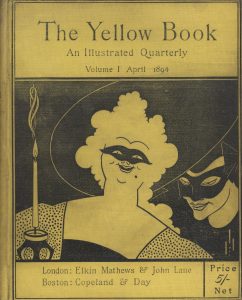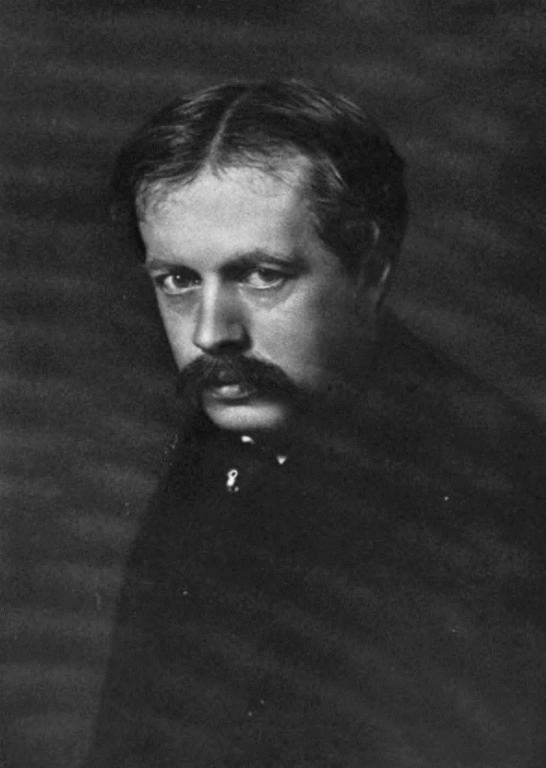8 Kings Bench Walk, Temple, London EC4Y 7DU, UK
Irish Novelist George Augustus Moore was born In County Mayo, Ireland in 1852 (Knechtel 1). He initially began his career as an artist in France, moving there at the age of 21 to study at l’Ecole des Beaux Arts and Jullian’s Academy(Knechtel 1). After realizing painting was not his forte, Moore decided to enter the literary realm and travelled back to London. He was fundamental in introducing French Naturalism, which champions observation and science in fictional creations, to the British literary community, through his early novels A Modern Lover and A Mummer’s Wife (Encyclopedia Britannica). Moore’s works were often banned from libraries forcing only the most daring of publishers, like John Lane of The Yellow Book, to work with him (Knechtel 2). Moore moved again in 1901 to Dublin, and became a figurehead of the Irish Literary Renaissance movement along with William Butler Yeats and Lady...
more




